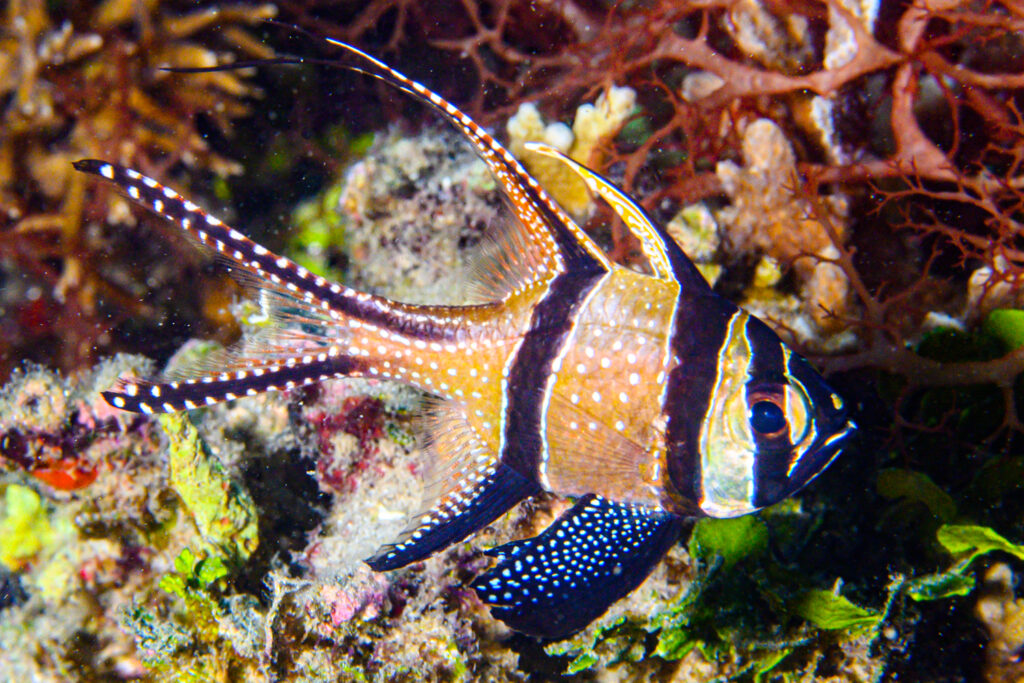
A new proposed draft rule to prevent the US import and export of the Banggai Cardinal (Pterapogon kauderni) under the Endangered Species Act, would do vastly more harm than good. The need for these proposed changes is based on a false premise. Meanwhile, these rules would vastly complicate the aquarium trade in this species and significantly stifle the robust commercial aquaculture of the species that currently produces the vast majority of fish seen in the aquarium trade.
Learn more about the rule here: https://www.fisheries.noaa.gov/action/proposed-protective-regulations-banggai-cardinalfish
US regulators probably need to get their facts straight before going to such drastic measures. I recently traveled through the Banggai Islands in early 2023 (you can read about it here) and from what I witnessed firsthand, I believe that these proposed rules are completely unwarranted.
Wild Populations of Pterapogon kauderni in the Banggai Islands
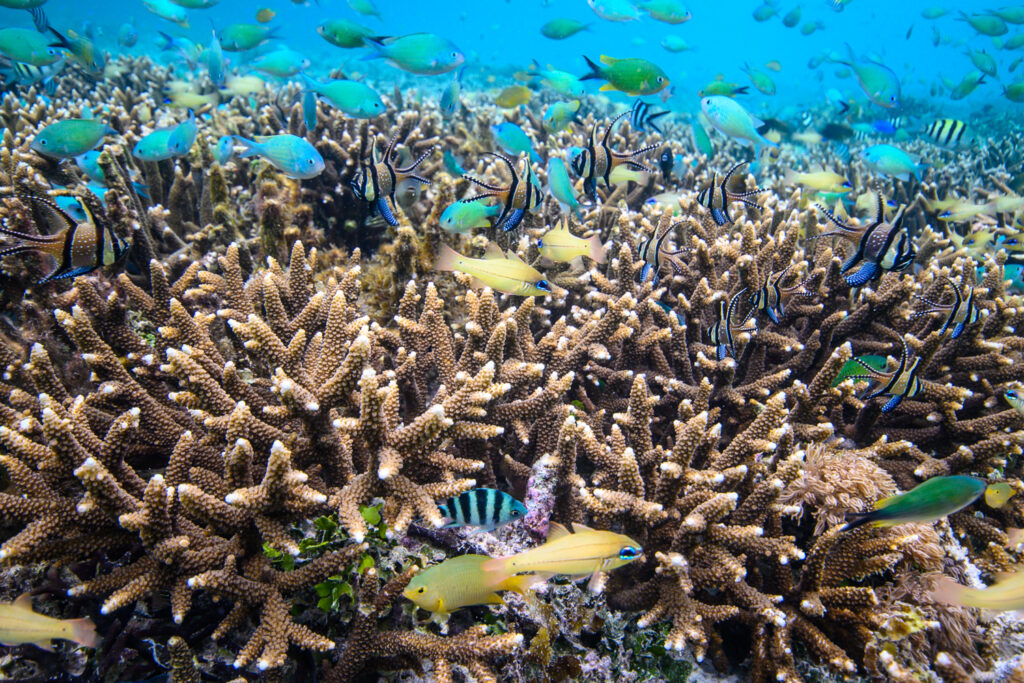
Banggai Cardinals (Pterapogon kauderni) originally only come from a small island archipelago in Indonesia called the Banggai Islands which are located at the far eastern end of Central Sulawesi, Indonesia. It is true that the species is restricted to a very small endemic area comprised of few islands, which is a valid argument for its protection.
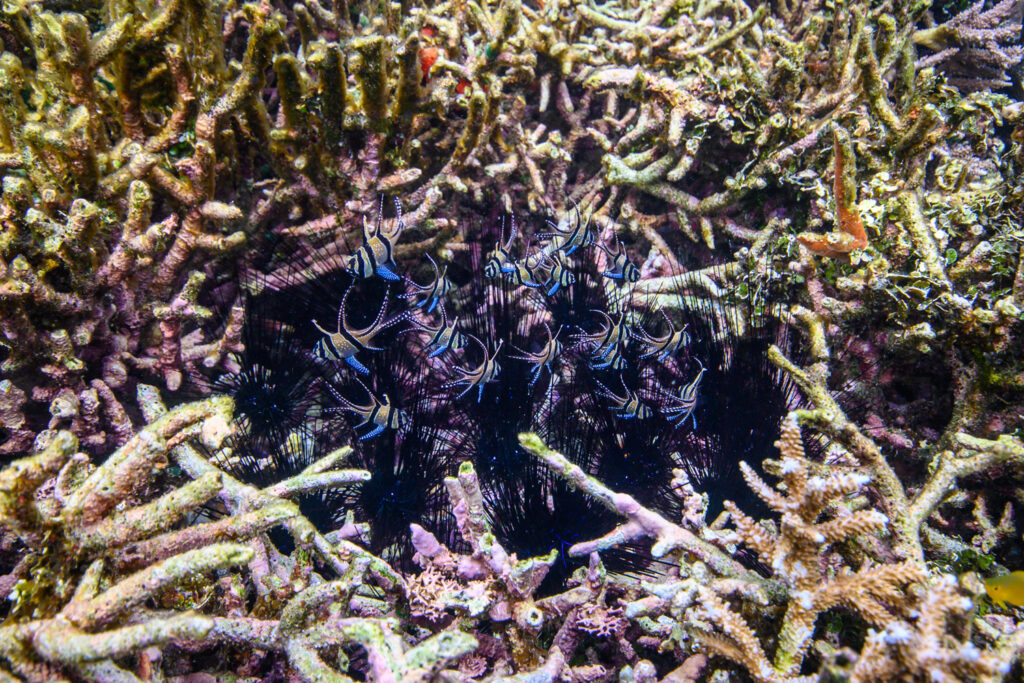
I was lucky enough to travel through this archipelago at the beginning of 2023, and I didn’t find it difficult to observe this beautiful fish. It always took only a few minutes of snorkeling in the shallow waters in between the seagrass and the reef to find a group of Diadema urchins, and the fish within them. I don’t recall any group of urchins, that didn’t have some Banggais within their spines.
Other Wild Population?
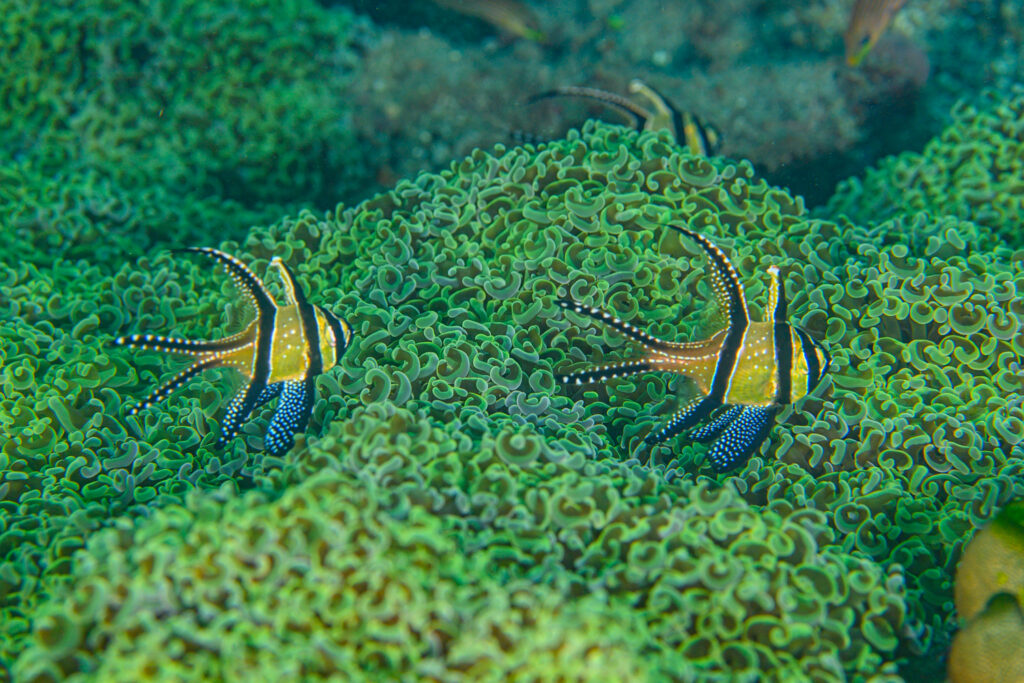
The fish has been introduced to many other areas around Indonesia by the aquarium trade. You can easily find some breeding populations of it now in the shallow waters of North Sulawesi (Lembeh Strait, Manado Bay), and even on the west side of Bali (Gilimanuk). Whether the species is invasive or causes a problem in these locations is an unanswered question at this time, but their abundance adds to the reality that this species is not under threat at this time.
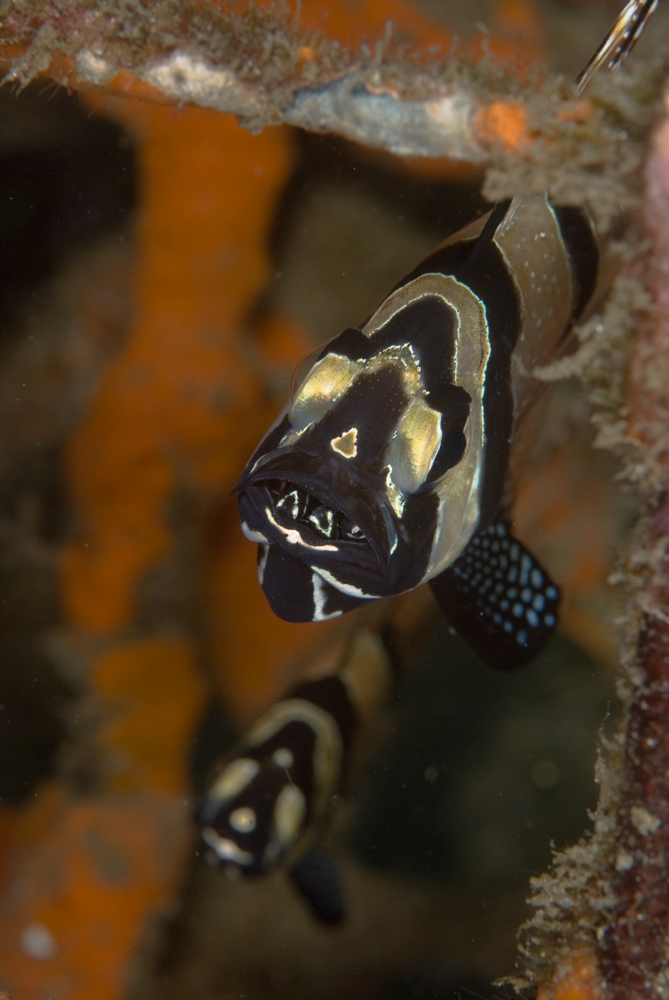
According to some conversations I had with one of the biggest breeders in the world, they started producing thousands of Banggai Cardinals every month, from an original batch of 200 fish. They have literally produced millions of them over the last 15 years. They very seldom notice abnormal fish with traits such as discoloration or missing fins, not unlike what is occasionally seen in clownfish breeding. I suspect that this fish, given its small native range, has been inbreeding for many centuries and their DNA is very stable. So even the introduced populations appear to be very resilient and robust.
Breeding Programs Drive The Trade
The biggest importers in Europe and the US get their stock from a large breeding facility in Thailand that produces thousands of fish each month. So most Banggai Cardinals (Pterapogon kauderni) on the market are actually aquacultured (farmed, captive-bred). Sourcing wild fish in its home country, Indonesia, is getting more and more difficult due to local regulations and restrictions.
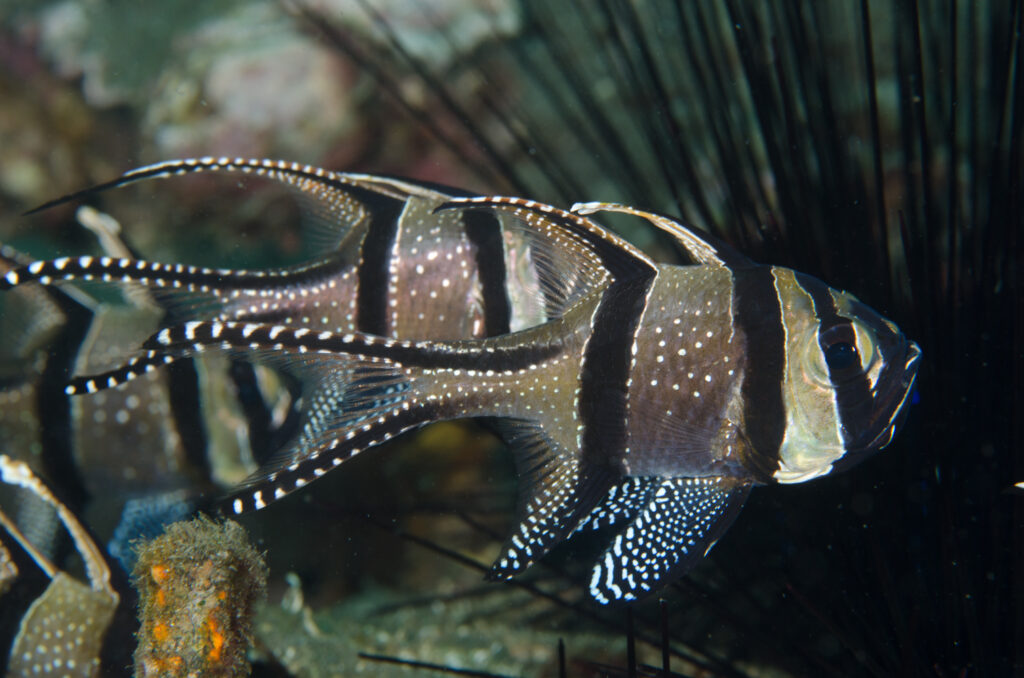
So the proposed rule will be counterproductive, only having a negative effect, making it more difficult for commercial breeders to sell their production.
Are Banggai Cardinals Really Threatened?
The Banggai Cardinalfish is already protected locally, and the collection of wild specimens is now very complicated. Some difficult-to-get collection and shipping permits are required to trade these species from their original location. That should be enough. Supporting and trusting the proper implementation of the local regulation should be embraced.
A Terrible Solution for the Wrong Problem!
I have more concern over the possible disappearance of their host the urchins (Diadema setosum), which are being decimated by a ciliate in many places around the world. I am further concerned for the beautiful coral reefs they depend on that are struggling with pollution, overfishing of food fish, and climate change. If the urchins and reefs would be adequately protected, then I wouldn’t worry too much about the Banggai Cardinal.
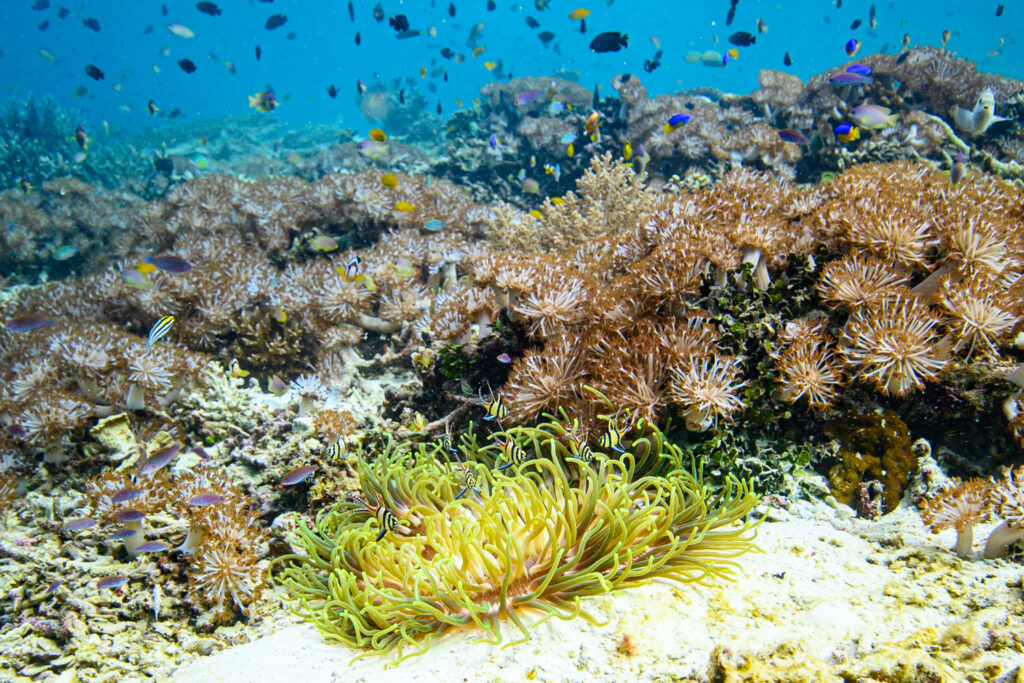
So, implementing import and export bans on the Banggai Cardinal at the US level is a mistake and completely misses the point, addressing a problem that I believe doesn’t exist. Meanwhile, the Western world is not doing anything to protect coral reefs and instead seeks to relieve its conscience by advancing nonsensical rules.
At the end of the day, no reefs = no Banggai Cardinal. It seems easy to understand that protecting reefs is where we should focus. Asking for public opinion and taking the advice of thousands of people that have never seen the fish, or where it comes from, (as it seems has occurred in the rule-making process for this ban) is just plain nonsense.





Trackbacks/Pingbacks